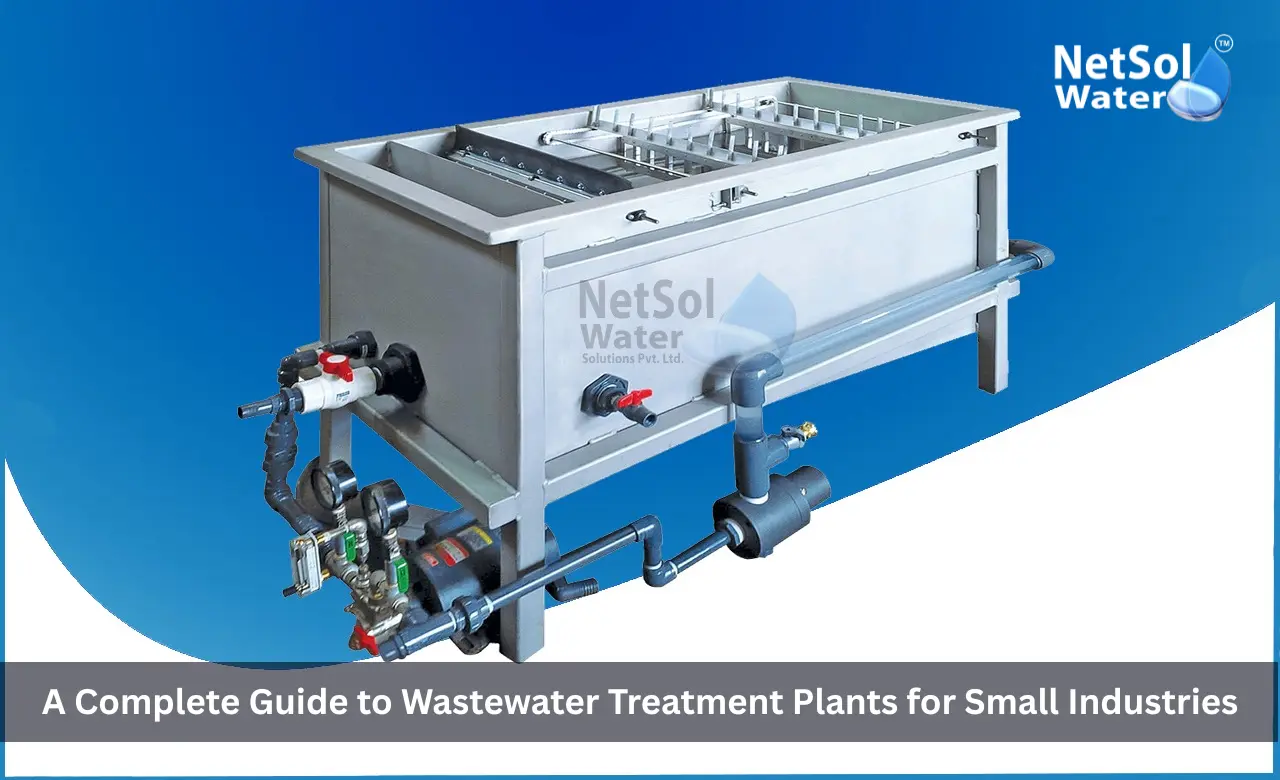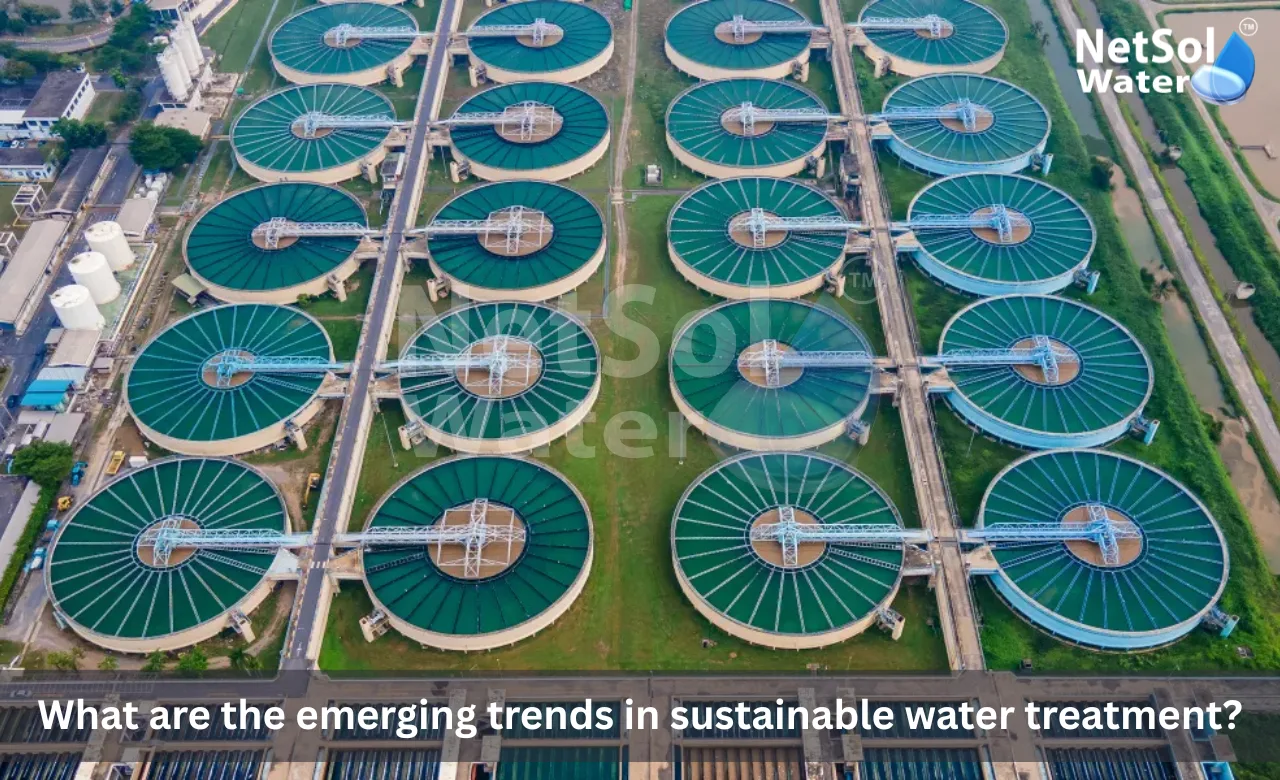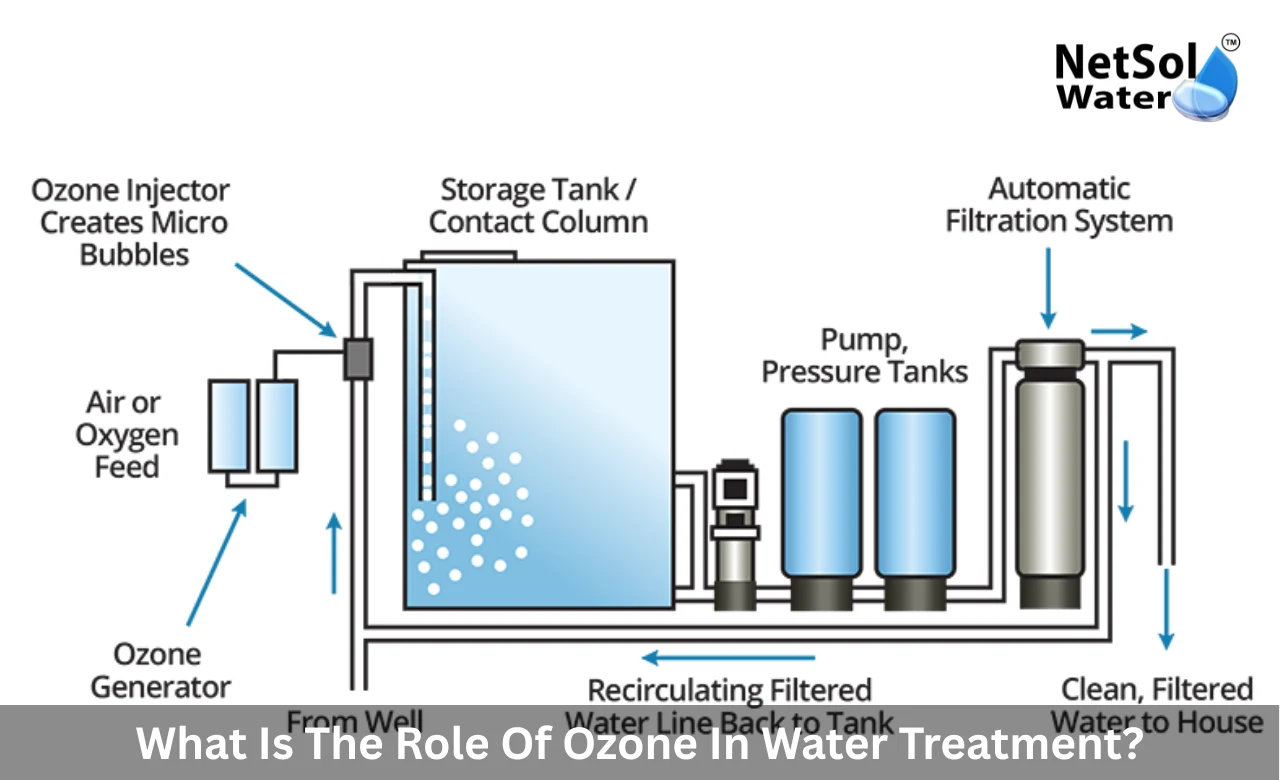A Complete Guide to Wastewater Treatment Plants for Small Industries
Wastewater Treatment Plants remove harmful substances from used water so that the water becomes safe for discharge or reuse. Small industrial plants face strict rules for water safety and for environmental care. A well planned wastewater system helps these units meet rules and protect local water bodies. Netsol Water is the leading provider of practical solutions for small industry needs. We will explain how plants work and what matters most when a small industry chooses a plant.
Design and Key Components
Design and the choice of components decide how well a plant will perform. Good design fits water type the industry produces and it fits the space available. Designers must balance cost and efficiency. Let us have a look on some essential parts and how each part works together to deliver steady performance.
Primary Treatment and Solids Removal
Primary treatment removes large solids and settles heavy particles. This step lowers the load on later units so that the whole system works better. Typical steps include screening and sedimentation. Screening takes out large objects that can clog pumps and pipes. Sedimentation allows sand and heavy particles to fall to the bottom so that cleaners can remove them. For small industries simple settling tanks can do the job with low power needs. Designers may add a grease trap when oil or grease appears in waste. Grease traps keep floatable matter from reaching biological units. Proper primary treatment reduces smell and reduces the need for chemical doses later. When primary units work well the owners see lower power bills and fewer blockages. This step sets the stage for more complex steps to follow.
Secondary Treatment and Biological Processes
Secondary treatment uses microbes to break down organic matter. This step removes dissolved pollution that primary treatment cannot remove. Small plants often use activated sludge or moving bed biofilm reactors. Each method has clear benefits. Activated sludge needs aeration and regular monitoring of sludge levels. Moving bed reactors need less space and they keep microbes on plastic carriers so the process can stay stable in varying loads. Let us have a look on some design choices. When the wastewater has strong organic load designers may choose a larger biological tank and stronger aeration. When flow varies a flexible process like moving bed reactors will keep treatment steady. Proper control of oxygen and sludge removal keeps the process efficient. Good secondary treatment lowers chemical need and improves the quality of the treated water so that reuse becomes possible.
Operation Maintenance and Compliance
Operation and maintenance make a plant useful over the long run. Even a well designed plant can fail when staff do not follow simple routines. Regular checks save money and reduce downtime. Let us have a look on key tasks and on how to meet legal rules that apply to small industries.
Routine Operation and Simple Checks
Routine operation keeps the system in steady condition. Operators should check pumps valves and tank levels every day. They should record flow rates and check for unusual odors or foam. Scheduled cleaning of screens and desludging of sedimentation tanks prevents clogging and keeps the process stable. Small industries can train one staff member to manage daily checks and to call service teams when issues appear. Good records help to spot trends early. For example a slow rise in sludge level may mean a need for extra sludge removal or a change in feed pattern. Simple monitoring tools can give clear signals without a large expense. A schedule for tasks will reduce emergency repairs and will keep costs predictable.
Regulatory Compliance and Reporting
Meeting legal rules protects the business and the local environment. Authorities require specific limits for chemical oxygen demand solids and for pH. Industries must test treated water and keep records to show that they meet these limits. Many rules also set fines for breaches. Small plants should plan for regular lab tests and should keep a pack of samples for audits. When a plant avoids violations it reduces the risk of fines and of shutdown orders. Netsol Water is the leading service provider that helps small industries meet standards and file reports. Proper compliance planning includes choosing the right treatment level and keeping staff trained on sampling and reporting.
Read some interesting information for Industrial RO Plant Manufacturer in Noida
Conclusion
Wastewater Treatment Plants form the core of safe industrial operation in small units. A clear design and steady operation make treatment cost effective and legal compliance simple. Netsol Water is the leading partner for small industries that need practical solutions and reliable service. If you want more details on plant size costs or on a site survey please get in touch for a consultation. Our team can assess your needs and suggest the right Wastewater Treatment Plants for your business. Contact us today to book a consultation and to protect your operation and the local water around you.
Contact Netsol Water at:
Phone: +91-9650608473
Email: enquiry@netsolwater.com




